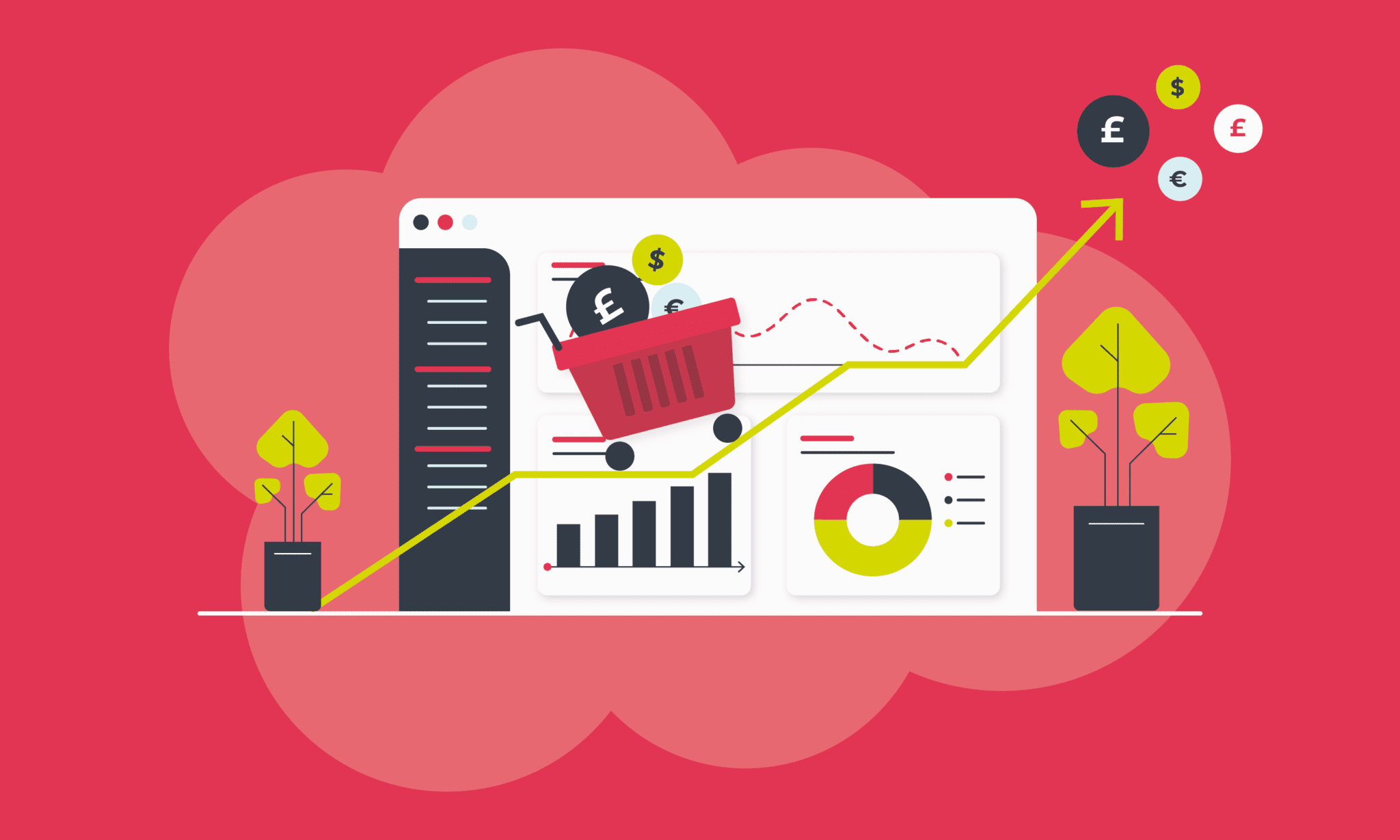
Updated on by Hayley Brown
Two critical drivers of a SaaS business’s valuation and attractiveness to prospective customers are scalability and growth. The two work symbiotically, for instance, if scalable systems and processes are implemented early into an organisation they can serve as an engine for future growth.
Scalability is ultimately the ability to grow your business and one example of scaling not only a business’s internal processes but also the SaaS product is through integrations. Whether this is building internal integrations to automate processes or developing native integrations as an important product feature. These integrations will continually serve a growing customer base with a wide range of use cases.
What does a SaaS Business Model look like?
A SaaS business model typically looks like this:
The above business model is scalable. For a SaaS business, this is favourable as a scalable business model helps to increase productivity even with the same input. It also allows the SaaS to grow without constraints on existing resources and as a result, this leverages existing internal/external assets.
On top of this if a SaaS business automates many of its key business processes early on it can help with its future scalability, standardisation and consistency.
Other benefits:
- Enhance scalability
- Recurring revenue
- Higher flexibility
- Cost-efficiency
- Low risks
- Accessibility
Where do integrations fit in with your scalable business model?
Integrations are vital for any SaaS product in the modern market. That being said scalable integrations are even more important. It is therefore essential to factor in where integrations will sit within your business model and product development.
For instance, natively developed integrations can further open up your SaaS product to existing customers and entice prospective customers to convert. As you’ll of providing users with the ability to integrate your SaaS product with hundreds if not thousands of other applications your customers already use.
Building in-house integrations mean you can standardise and control the processes and data. In comparison, third-party applications remove the development costs but give the user a somewhat fractured experience.
Ultimately, developing native integrations is a time-consuming and resource-intensive process. This means there is a caveat to developing your own in-house integrations as they can derail core product development.
So, how can you build upon the integrations that already exist in your ecosystem and scale them further to meet increasing customer demand whilst maintaining standardisation and control?
How can you scale your integrations?
Don’t rip up what you’ve already got, instead use what you have and further connect and expand your integration capabilities. One way to do this within your business model is deploying an embedded iPaaS solution which will help your entire ecosystem.
There are several ways in which an embedded iPaaS can scale your integrations. Firstly, the tools provided mean it is quick to design, build and deploy native integrations. This is because low code has changed how users interact with software and means those with minimal coding experience can generate integrations.
Secondly, applications like Cyclr mean users can develop templates for popular customer use cases, and copy and customise them to specific user needs. They can then deploy them into an embedded marketplace with your styling for users to simply click and install in seconds. This means they won’t leave your application to a third party to improve their experience.
Thirdly and rather importantly embedded integration platforms give you security and control over data, delivery, customer experience and procedures.
This means you’ll be able to scale up your integrations without adding to your developer backlog and as a result, grow your SaaS platform.
Scaling your SaaS
Becoming scalable is highly desirable for any SaaS company therefore if possible implement scalable processes and systems early. Whether that is in the business structure or product development. This will help to improve efficiency and profitability when integration workloads increase.
An embedded iPaaS like Cyclr can help automate a SaaS’s internal processes or further expand your integration offering in a scalable format.
Get in touch to see how.
Other integration for growth articles
6 Important Integration Building Practices